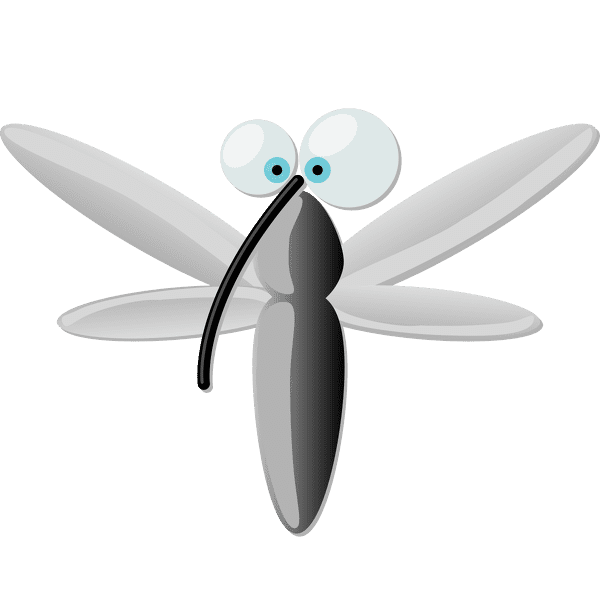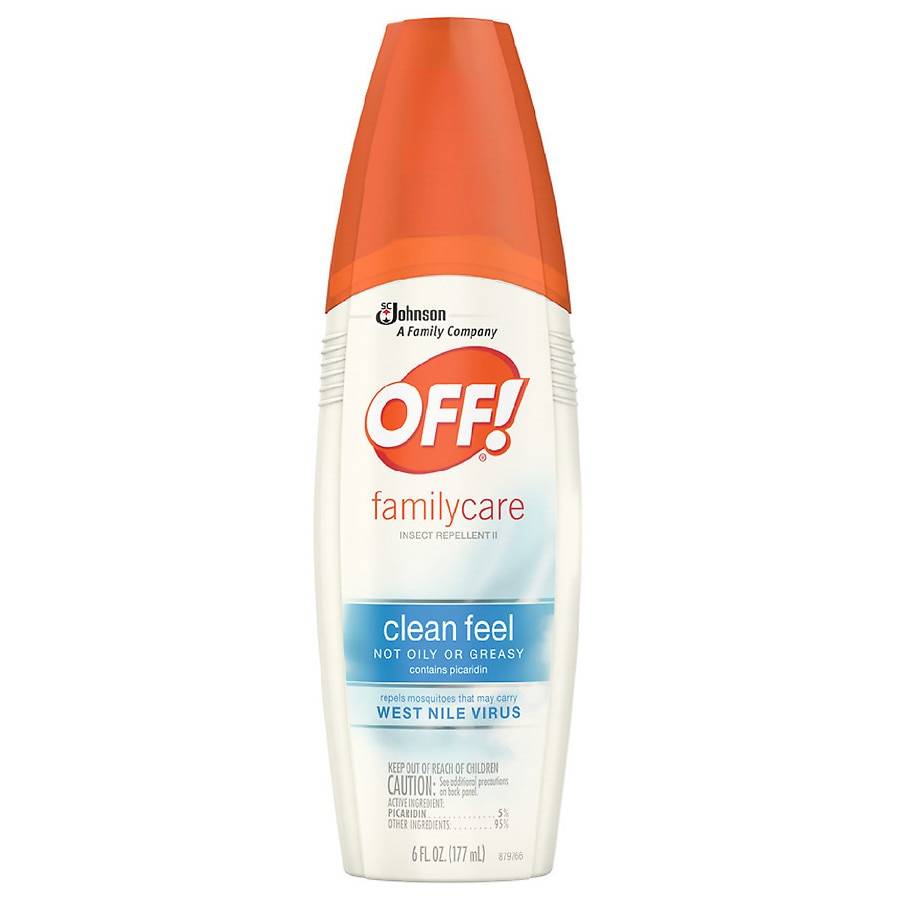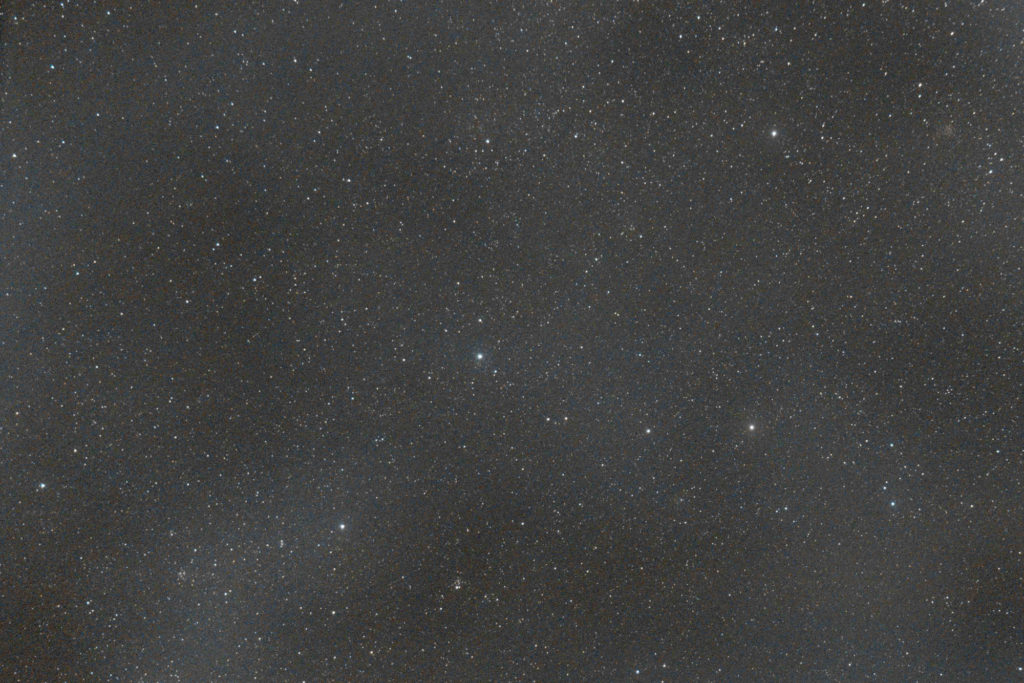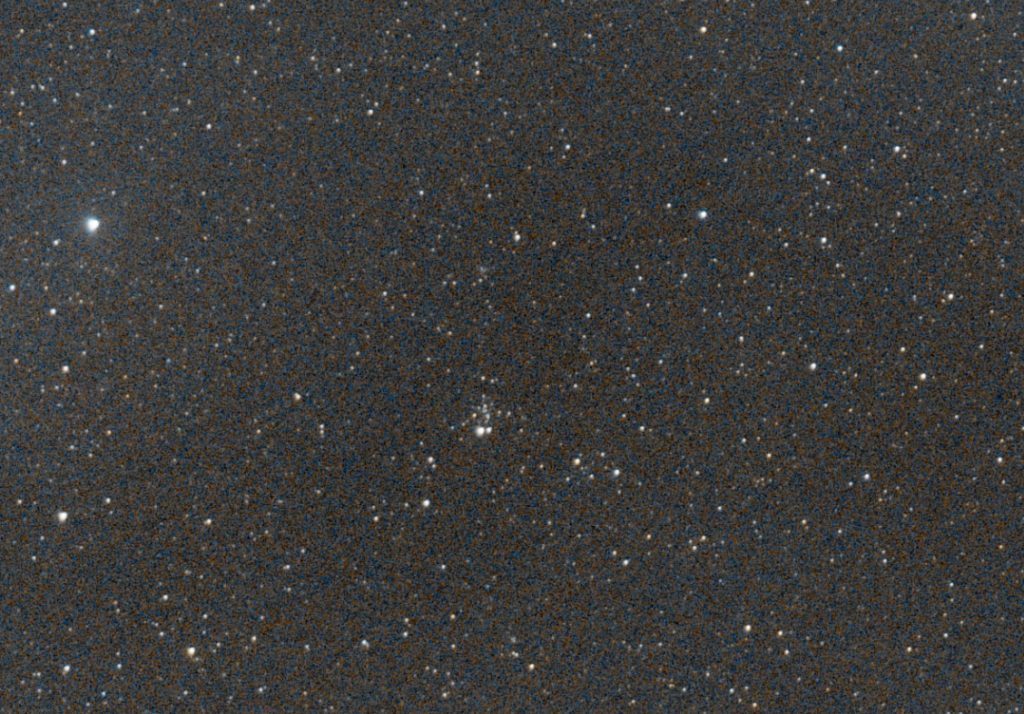
When Failure is a Brilliant Outcome
I’ve wrapped up my first night of shooting and I’m happy to say that I didn’t let myself down after seeing my picture; which is about as pleasant to look at as dog-barf. It was an absolute comedy of errors but as I like to remind myself, nobody ever learned anything from success. And let me tell you, I learned a whole lot tonight.
Kidding aside (kind of anyway), I had a great time out with my son. And rather than be in any way discouraged by my results, I’m more eager to get back on that horse and try again. When you live up to low expectations, it can only get better from here. Let me share a few of the many things that I learned.
When Common Sense Fails

A beautiful and pleasant summer evening in the middle of a remote cornfield with my son to take pictures of the stars; what could possibly go wrong? Mosquitos. That’s what … Mosquitos. Yes, for all my planning and preparation to actually get out and start shooting, it never dawned on me to take bug spray. And based on the veracity of those vile little critters, we were the first meal they’d seen in a while.
OK, lesson learned. Next time, bug spray. But just one word of caution. There are likely to be plastics in your equipment, so be very careful using DEET-based products around your gear. It’d be a real shame to create another more costly problem just to fix the problem of flying pests. I learned that lesson at a young age with my fishing gear in the deep woods of Maine.
Set Up and Ready to Go
By the time we had about 3 or 4 good red welts each forming, we were set up and ready to go. First things first, need to focus the camera to infinity. Vega was the first star visible for us in the twilight so after leveling my tripod, I fixed the camera on this star and began setting my focus.
Focusing ended up being a little more tricky than I thought. There is a bit of performance art involved in manually focusing, then letting the lens vibrations settle, only to lather, rinse, and repeat the process for a good 5 minutes (or another 2-3 red welts). In hindsight, I was trying to focus with the ISO set to 800 which was kind of a bad idea. Lesson learned.
Amazingly, I did get pretty good focus after reviewing the focusing pictures in live view. So I pivoted towards Cassiopeia which was just starting to poke through the evening sky. But something seemed off after pointing at the constellation. Hmm, yeah I bumped the focus ring… Lather, rinse, repeat. Darn it, I should have brought out some electrical tape to secure the focus ring (and the focal distance ring as well). Lessons learned.
When we finally did get around to shooting, we used the Canon camera app to take the photos so we wouldn’t have to touch the camera. I delegated this responsibility down to my help, and let him count down the number of photos we were taking while I re-framed the constellation every 50 pictures or so.
It was a bit hazy and humid which really didn’t bode well for the overall light pollution. But we carried on. We did have a few clouds roll through the bottom of our shot, but hey, first time out, no biggie. After wrapping the light frames, we shot the dark frames and I used a tablet with a bright white screen to shoot the flat frames. Spoiler alert – I stuffed the exposure for the flats. Lesson learned.
We wrapped after about one and a half hours; swollen and tired. Time to hike back home. But all in all, a very fun first night.
Putting it Together
I won’t bore you with all the particulars of my bad processing, but needless to say, I simply followed the tutorial that was posted on the Deep Sky Stacker website. I then took the stacked image into Siril and stretched it and played with it to try to pull out something recognizable. The resulting dumpster fire of a photo is posted below for your amusement. Gradients, light pollution, clouds, smog, oh my! Someday I’ll look back on my first night and just smile.

I’ll add this photo from my first night to my Astrophotography Gallery which is where I will be showing my best shots as I advance in the hobby.
Learning Points
Well, everything went about as well as I could have hoped on my first night out. There were a lot of lessons learned and I lot of encouraging points as well. When I used to play golf I’d say, you can have a terrible round but there will always be that one shot that brings you back another day. And that was pretty much the deal here. When zoomed in, I can make out several really cool star clusters (like the dragonfly cluster below), and seeing the colors of the stars is really encouraging.

First Night Lessons Learned for the Next Time
- Bug spray
- Electrical tape to lock down the focus ring and focal distance ring
- Focus at a high ISO
- Use the histogram charts on the camera to gauge exposure (for both light and flat frames)
- Crop factor of the APS-C camera effectively increases your focal length
- Use the drive mode of the camera to take 10 shots at a time instead of one
- Let it get as dark as possible before beginning to shoot
- Bug spray
